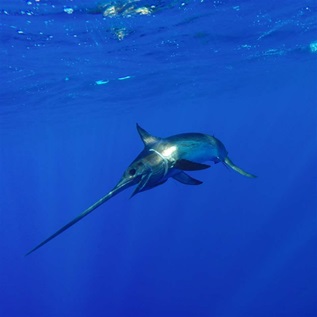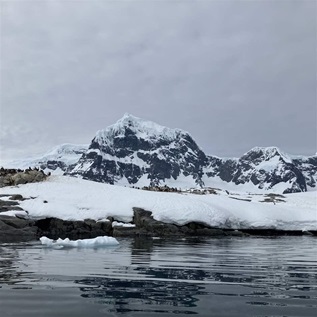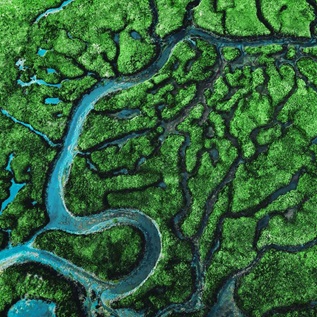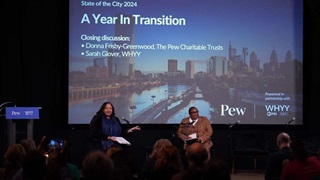Northeast Atlantic Fisheries Managers Make Progress Toward Prioritizing Ecosystem Health
But more work is needed to expand approach that considers climate, predator-prey relationships, and habitat
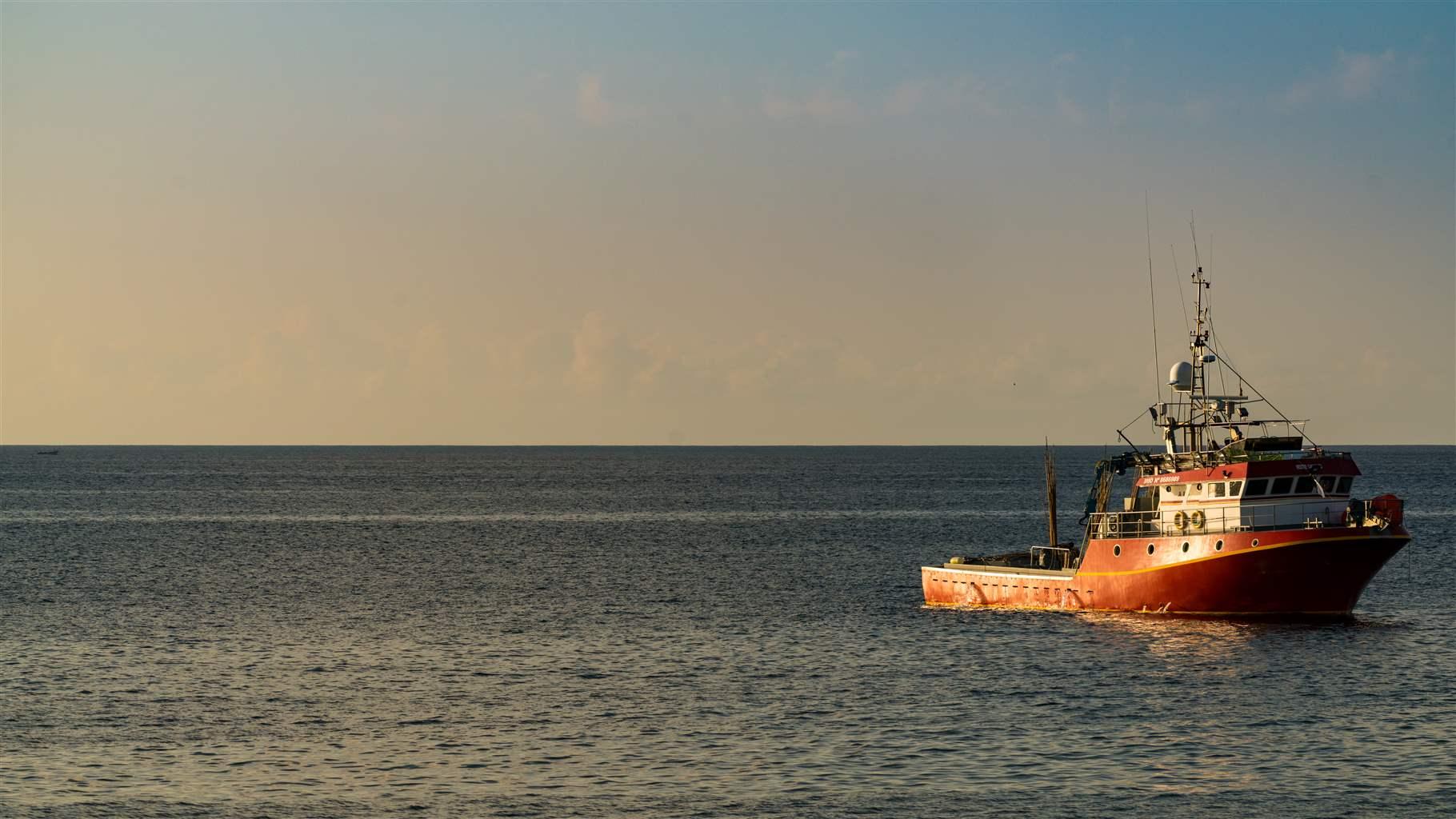
Most people rightly associate commercial fishing with increased pressure on the target species. But what many may not realize is that fishing can stress entire ecosystems—for example, by greatly diminishing a predator or prey species—and that environmental factors such as climate change can affect fish populations and fishing.
Such is the case in the Northeast Atlantic Ocean, where nations have managed commercially valuable fish populations such as mackerel, blue whiting and herring in isolation, without considering the role those populations play in the broader environment. That approach is no longer sufficient to meet the dual global challenges of mitigating biodiversity loss and climate change. Instead, fishing nations in the region must make urgent progress in implementing ecosystem-based fisheries management (EBFM)—a move that would also help them fulfil commitments they’ve already made on maintaining and restoring a healthy marine environment.
EBFM requires that fishing take place within safe ecological limits and account for the health of marine ecosystems. It ensures that managers consider a range of ecological and social factors, beyond simply maximizing catch, when making decisions. These decisions should incorporate the views of all relevant stakeholders, including input on a fishery’s objectives from fishers themselves and from civil society.
In 2022, Northeast Atlantic decision makers and scientists made some small but notable steps in progressing EBFM that provide a foundation for more substantial changes in the coming years. Science in support of EBFM continues to advance. A new kind of catch limit for cod in the Irish Sea—one in which the level of advised catch reflects the state of the ecosystem—was proposed this year by the International Council for the Exploration of the Sea. Other, more systematic work is underway to improve the inclusion of ecological information in fishing limits and indicators.
In turn, key decision makers began exploring the need for more proactive shifts towards an ecosystem approach. First, the European Commission explicitly considered predator-prey relationships in proposing catch limits in the Baltic Sea. Then, the parties to the North East Atlantic Fisheries Commission (NEAFC), the principal regional fisheries management organization for this area, agreed to assess whether it could model management on ecosystem-based approaches taken by other international fisheries managers, such as in the EBFM “roadmap” put in place by the Northwest Atlantic Fisheries Organization.
EBFM priorities in 2023
This calendar year, the parties to the Convention for the Protection of the Marine Environment of the North-East Atlantic, better known as the “OSPAR convention”, will release its Quality Status Report 2023, the latest in a series of major, once-in-a-decade assessments of the state of marine biodiversity in the region. OSPAR is responsible for cooperation on environmental protection across the Northeast Atlantic; this report will provide fisheries managers with an up-to-date picture of threats to the marine environment, including those from fishing, and of the progress made and actions needed to improve protections. The report represents a crucial opportunity for managers to unite in shared pursuit of a healthier ocean.
When it comes to individual species, fisheries managers in the region have a critical opportunity to incorporate ecological objectives—such as setting precautionary catch levels in times of poor or uncertain environmental conditions—into management of large, widely distributed fish stocks, such as mackerel, herring and blue whiting. Managers at NEAFC and coastal States must look beyond short-term interests, namely high catches, and consider the role that changing climatic, environmental and political conditions will play in the future of fisheries for these species.
Managers should do this by adopting long-term management strategies, also known as harvest strategies or management procedures. This modernized approach shifts decision-making from annual negotiations, which focus on near-term outcomes and are often contentious, to years-long processes that can account for changes to ecosystems and fisheries health. Long-term management strategies are an ideal vehicle to incorporate EBFM considerations.
In this context, it is disappointing that the review of the long-term management strategy for the North Sea herring stock—prepared in December 2022 by the European Union, Norway and the United Kingdom—is not more ambitious. Future reviews must focus on whether current management adequately considers the broader ecosystem, such as the interaction between this stock and other herring stocks, and the role of this plankton-eating fish as a source of food to predatory fish and seabirds.
Similarly, sandeel, which is managed by the EU and UK, is a significant source of food for several threatened seabirds in the North Sea. Those governments should ensure that sandeel catch limits—and, where appropriate, spatial closures that prevent fishing in key areas—are deployed collectively, precautionarily and in a way that prioritizes ecological health and the needs of dependent predators.
Rapid advances in scientific advice provided to managers and incremental improvements in fisheries management are signs of a changing status quo. In 2023, Northeast Atlantic decision makers must build on this momentum, taking every opportunity to consider ecological health in their negotiations and implementing practical, ecosystem-based actions wherever possible.
Jean-Christophe Vandevelde is a manager and Dan Steadman is an officer with The Pew Charitable Trusts’ international fisheries project.


